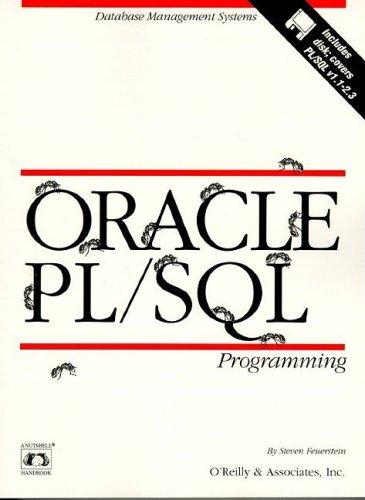/** * TODO * function: filter_leq * * description: removes all elements of the given list (lst) which * are less than or equal to
/**
* TODO
* function: filter_leq
*
* description: removes all elements of the given list (lst) which
* are less than or equal to a given value (cutoff)
*
* A list containing the removed elements is returned.
*
* examples:
*
* EX1: lst: [4, 9, 2, 4, 8, 12, 7, 3]
* cutoff: 4
*
* after call:
* lst: [9, 8, 12, 7]
* returned list: [4, 2, 4, 3]
*
* -----------------------------------------
* EX2: lst: [6, 5, 2, 1]
* cutoff: 6
*
* after call:
* lst: []
* returned list: [6, 5, 2, 1]
*
* REQUIREMENTS:
*
* RUNTIME: THETA(n) where n is the length of the given list
*
* ORDERING: the ordering of the returned list should be the same as
* in the given list
*
* MEMORY: for full credit, no new nodes should be allocated or deallocated;
* you should just "re-use" the existing nodes. HOWEVER, you will
* need to allocate a LIST structure itself (i.e., for the returned
* list).
*
*/
List * filter_leq(const T & cutoff) {
return nullptr;
}
Step by Step Solution
There are 3 Steps involved in it
Step: 1

See step-by-step solutions with expert insights and AI powered tools for academic success
Step: 2

Step: 3

Ace Your Homework with AI
Get the answers you need in no time with our AI-driven, step-by-step assistance
Get Started


